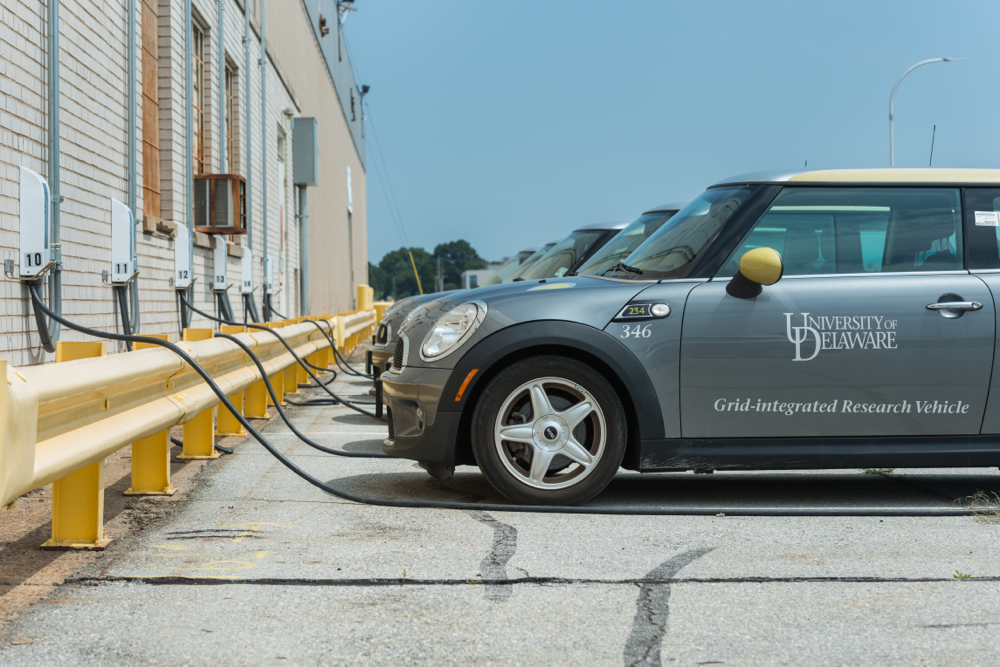Islands can be excellent places to promote clean energy.
Because they are typically disconnected from both mainland grid infrastructure and sources of fossil fuels, it is easier for alternative sources of energy to gain a foothold.
In fact, the cost of importing coal or oil to fuel power plants or vehicles can make fossil fuels vastly more expensive for populations who are cut off from the mainland.
DON'T MISS: Tesla, SolarCity, and Ta'u: sun, storage batteries, clean energy (video) (Nov 2016)
Islands also tend to have limited, smaller road networks, which make even electric cars with shorter ranges practical.
All of these factors are on display in Hawaii, where substantial electric-car rebates are being offered.
Two Hawaii utilities are now offering limited-time rebates of up to $10,000 on the 2017 Nissan Leaf, according to Utility Dive.

2017 Nissan Leaf
Those rebates will be available through March from the Kaua'i Island Utility Cooperative and the Hawaiian Electric Co.
They are a small initial step toward a recently-announced goal of entirely carbon-free transportation, with all ground vehicles running on renewable energy by 2045.
Hawaii already has a goal for utilities to generate 100 percent of electricity from renewable sources by that year, according to CBS News, and is now considering how to extend that provision to transportation.
MORE: Small Islands Are Biggest Beneficiaries Of Renewable Energy (May 2015)
A bill that would require 100-percent carbon-free transportation is being pushed by the Blue Planet Foundation advocacy group.
While the renewable-energy goal for utilities is a mandate, with fines for noncompliance, any transportation plan would be less strict.
That's due to the thorny issue of getting individual drivers and businesses to trade in their gasoline and diesel vehicles for zero-emission replacements.

Island of O'ahu, Hawaii. Image: Wikimedia Commons
Hawaii has about 1 million cars on its roads, of which only about 5,000 are battery-electric today, according to CBS News.
Legislators are considering bills to expand electric-car charging infrastructure, which could make consumers more likely to switch.
Officials also hope increased numbers of electric cars can support the renewable-energy initiative by serving as "batteries on wheels."
In theory, they could store excess energy from renewable sources like wind and solar during times of low demand, and discharge it during periods of higher demand.

MINI E electric cars used in vehicle-to-grid test. Photo by University of Delaware/Evan Krape
This would require "vehicle-to-grid" technology that has been tested in the past by entities including the U.S. Air Force and the University of Delaware.
No automaker currently offers an electric car that can discharge power back into the grid, and utilities have yet to devise a mechanism for controlling the process and reimbursing customers.
Regardless, the renewable-energy mandate means whatever electric cars do end up on Hawaiian roads will have lower overall emissions than their counterparts charged from coal-fired grids on the mainland.
Because as a power source gets cleaner, so do the cars charged from it.
_______________________________________________












